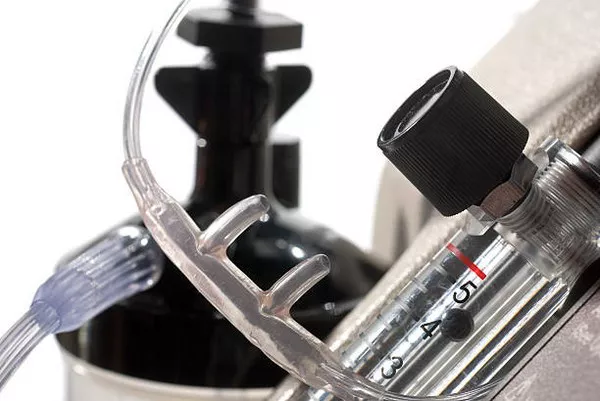Artificial intelligence holds immense potential for revolutionizing quality inspection and defect detection processes. However, the conventional approach to training AI models has presented challenges, often requiring extensive input from quality managers and production personnel. This laborious process has deterred many from fully embracing AI solutions.
An alternative unsupervised model, while promising, has its own limitations. Although it demands minimal initial input, it often falls short in practice due to the need for ongoing optimization. Minor changes in environmental conditions can significantly affect model performance, necessitating data specialists or service personnel to fine-tune the model continually.
Recognizing the shortcomings of both models, industry experts are now advocating for a hybrid approach that combines the strengths of both. This approach streamlines the model-building process, offering greater efficiency and effectiveness.
In this hybrid approach, the initial stage of model development leans heavily on automation and is largely unsupervised. The model is fed untagged images during regular production, allowing it to autonomously build a foundational understanding of acceptable products and potential defects, categorizing the latter. Automating this phase reduces both time and complexity.
However, the final refinement of the model still requires guided learning. Feedback is essential for the model to distinguish true defects from acceptable variations, such as the presence of dust, fiber, or water. Additionally, the model needs insights into which areas of the product are more susceptible to defects, enabling it to focus its attention effectively.
The crucial question is who should be involved in this feedback process: data experts with AI knowledge but limited product familiarity or quality managers and production personnel with deep product knowledge but less AI expertise?
Traditionally, data experts were the go-to choice for model optimization. However, they often lacked the expertise to differentiate between critical defects and tolerable variations. Their feedback was model-centric rather than product-oriented.
The ideal solution is to engage quality managers and other product experts in training the model. In the past, this approach demanded significant time commitments. Yet, by automating or unsupervised the initial learning phase, the burden on their time is greatly reduced. Their valuable input is then primarily required for the final ten to twenty percent of the process, where product-specific knowledge is indispensable.
Leveraging the profound knowledge of production personnel ensures that the model developed is highly accurate and proficient at addressing complex challenges that earlier AI generations struggled with. This hybrid approach empowers organizations to harness the full potential of AI-driven quality inspection while benefiting from the expertise of those intimately familiar with the product.

